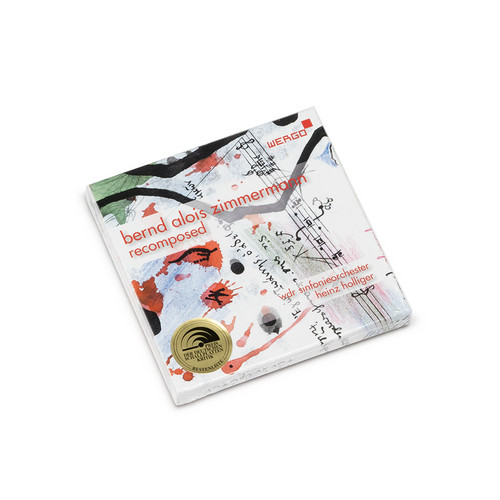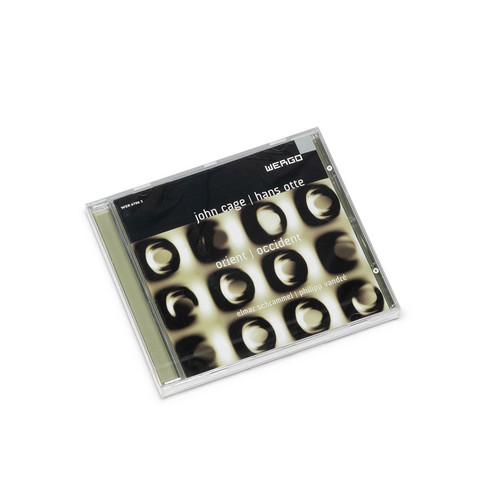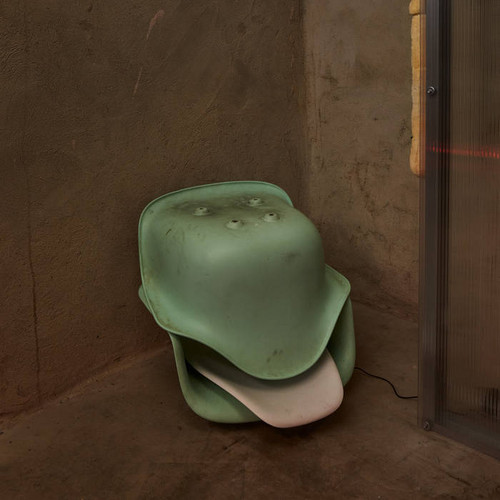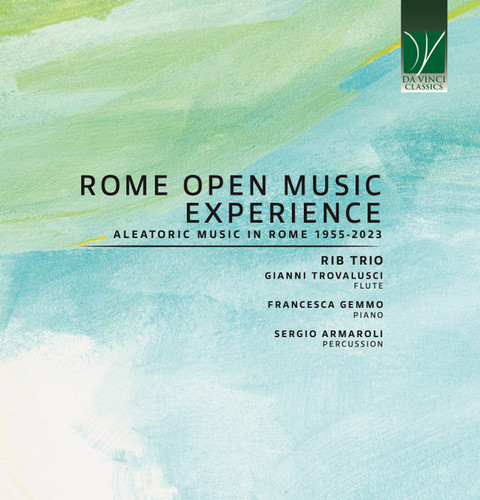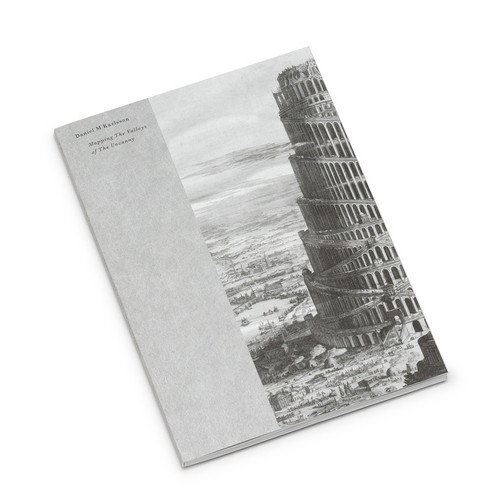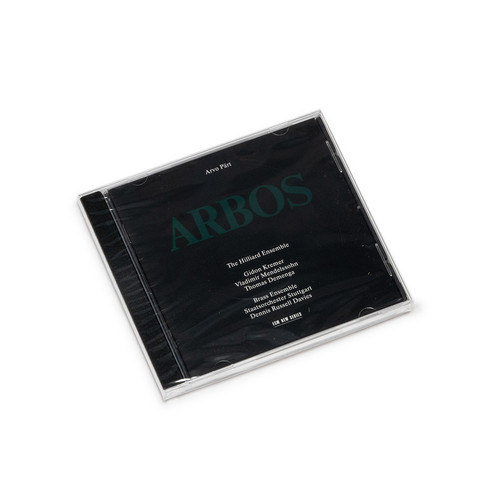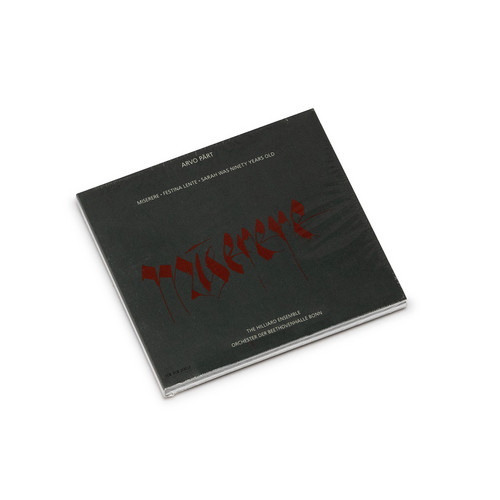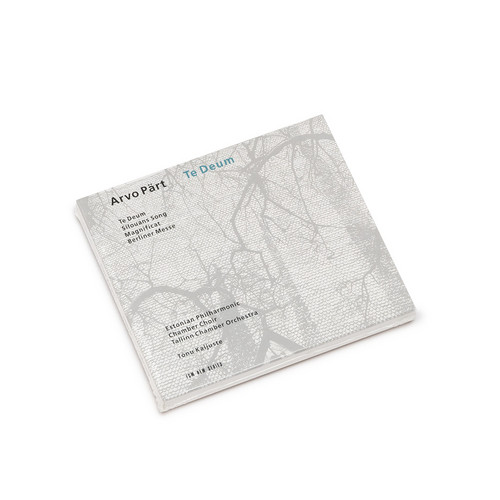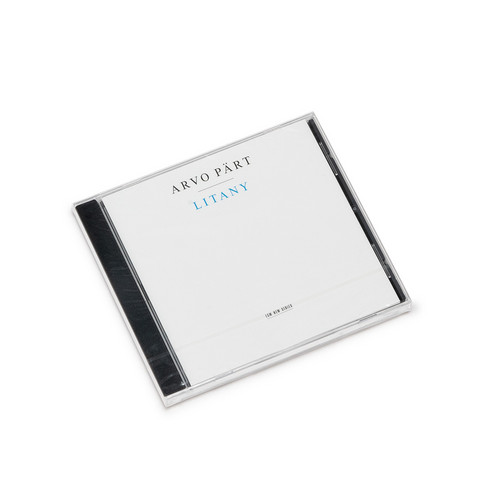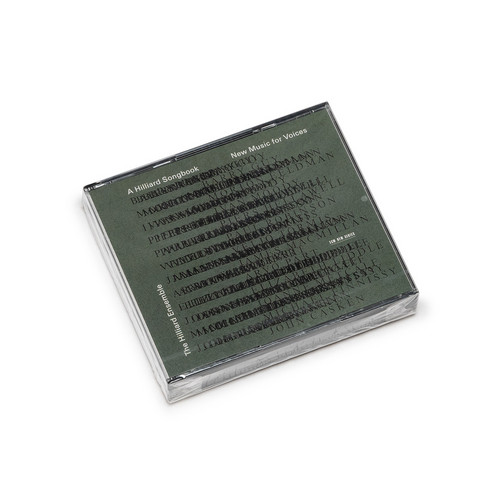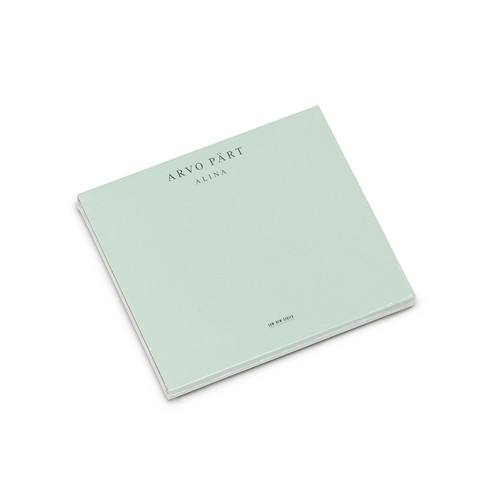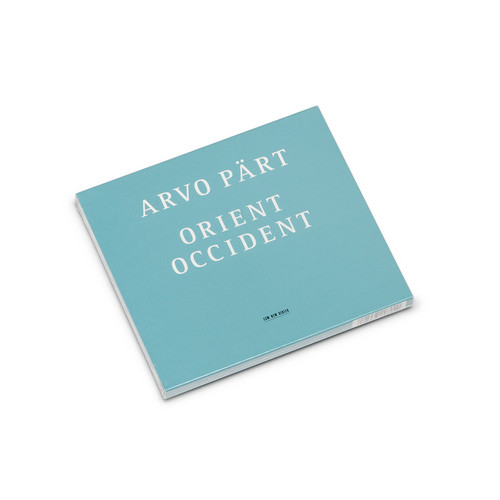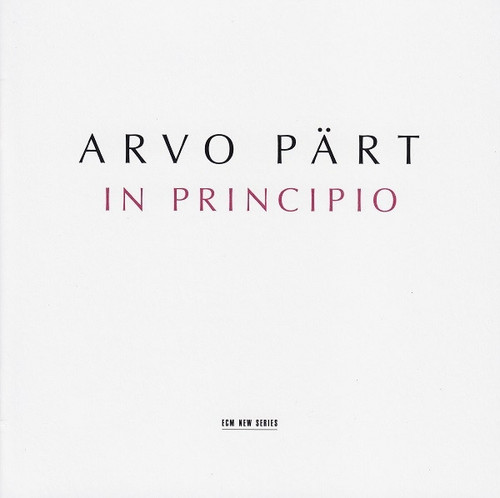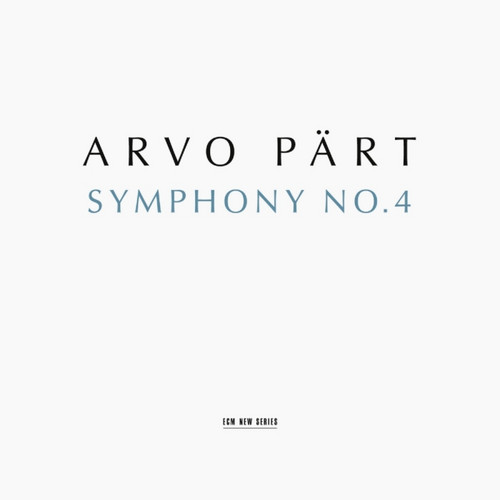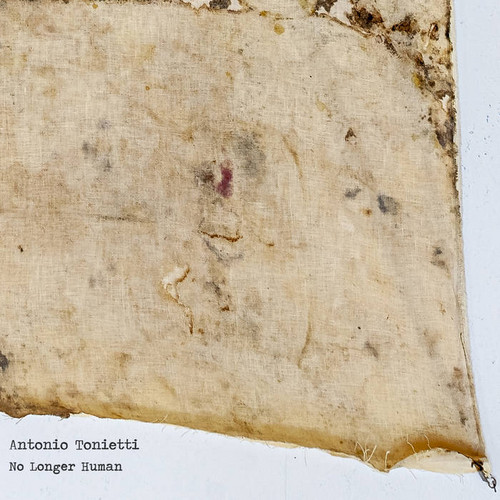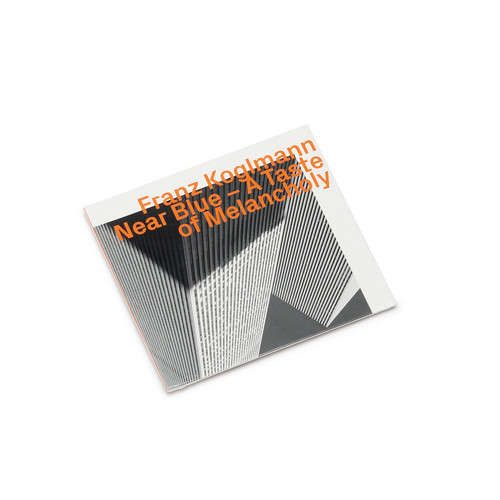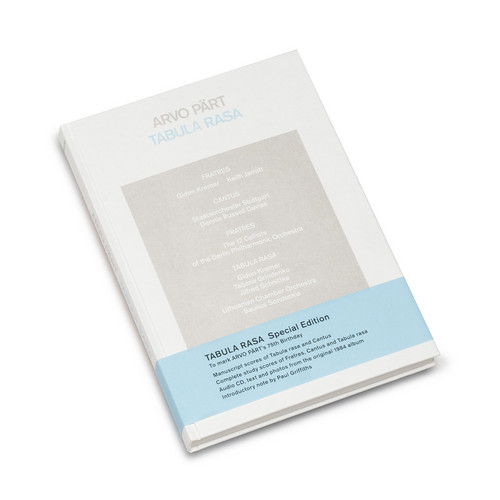Recomposed
*2024 stock* Bernd Alois Zimmermann (1918–1970) was one of the most distinctive composers in the musical avant-garde after the Second World War. While Karlheinz Stockhausen served as a kind of ‘generator’ in Cologne during the 1950s and 60s, inventing completely new sounds and techniques, Zimmermann was in many ways his opposite, a ‘transformer’ who redefined previously existing material by placing it in new contexts and collage-like structures, anticipating the ideas of the Postmodernists.
Zimm…
-> Sonic Patterns
For decades, Ludger Brümmer has represented a unique, courageous, and often instantly recognisable voice in electronic, algorithmic, and computer music. He develops structures that lead to aesthetic experiences normally found, if at all, only in the most expressive of instrumental works.
Ludger Brümmer’s music is dominated by processes. All processes are on a trajectory towards a climax or evolve from a climax to a minimum. Ultimately, a complete lack of orientation is to be achieved in the clim…
Orient | Occident
*2024 stock* Live recording of the piano recital for the eightieth birthday of composer Hans Otte that Philipp Vandré and Elmar Schrammel presented at the Akademie Schloss Solitude in Stuttgart. A selection of John Cage's "Sonatas and Interludes" for prepared piano was interwoven with selections from Hans Otte's piano cycles "Das Buch der Klänge" (The book of sounds) and "Stundenbuch" (Book of hours). This concert experiment, conceived by Ingo Ahmels, paid quiet homage to the "beautiful piano so…
Music for Save Rooms 1 & 2 (2CD)
* Double CD set containing both albums - Music for Save Rooms 1 & Music for Save Rooms 2. First edition of 150 copies * John Also Bennett’s Music for Save Rooms 1 & 2 compiles two volumes of minimal music conceived as infinitely looping and morphing compositions for “save rooms” - temporary safe spaces within video game maps. The compositions primarily stem from a week spent at work in a former military barn in the Marin Headlands just north of San Francisco, spurred on by multimedia artist and …
Whistle Posse
Louie Rice and Luciano Maggiore work together performing score-based works - both acoustic (without a PA system) and amplified (with a PA system). The duo was originally conceived to perform works by other artists as part of an event series at Cafe OTO in London. This series acted as a research period that went on to inform the action-based pieces that Rice and Maggiore are now writing themselves. These pieces explore physical actions and vocalisations in response to pre-defined prompts or rules…
Rome Open Music Experience
*2024 stock* "Rome: not only the capital city of Italy, but also an acronym standing for Roman Aleatoric Music Experience. The three musicians of the Rib Trio, featured in this Da Vinci Classics album are all among the leading experts in the field, and they decided to explore a quintessentially Roman phenomenon, i.e. the fertile ground found by aleatoric music in the Roman area, from the post-World-War II years until present-day. Aleatoric music is music whose notational parameters (such as pitc…
Mapping the Valleys of the Uncanny
Daniel M Karlssons Mapping the valleys of the uncanny is an investigation into a process and method, colliding with questions relating to what can be known to be real, within the field of algorithmic composition. This music and text-based work examines the roles and signifiers of instrumentation and timbre as they unwittingly conspire to designate access, power, status, work and ultimately class. Paradoxically, Karlsson uses this critical-analytical standpoint as a means to build a large-scale i…
Arbos
*2024 stock. Deluxe packaging* "This CD features some great performances by Pärt specialists of a variety of shorter works. The clamorous Arbos for brass makes a startling opening for those who expect abstracted reverence; the lament, An den Wassern, has a startling ending that builds in intensity and volume only to break off mid-phrase. The static Pari Intervallo for organ leads into De Profundis, with its sense of slow but unstoppable movement (every note the same length, every measure the sa…
Miserere
*2024 stock. Deluxe packaging* For reasons perhaps too numerous to list here in full, Arvo Pärt’s Miserere remains my most cherished of the Estonian composer’s ever-growing book of masterworks. Suffice it to say that its magic lies in its stillness. For such an expansive piece—scored as it is for choir, soloists, organ, and ensemble—it is remarkably introspective. Its opening invocation of Psalm 51 fleshes out a corpus of spoken language made melody. A statement from the clarinet follows every w…
Te Deum
*2024 stock. Deluxe packaging* "Te Deum employs Pärt's signature tintinnabuli compositional style. Tintinnabuli is often described as a minimalistic compositional technique, as its harmonic logic departs from that of the tonal tradition of Western classical music, creating its own distinct harmonic system. Tintinnabulation is a process in which a chosen triad encircles a melody, manifesting itself in specific positions in relation to the melody according to a predetermined scheme of adjacency. I…
Litany
*2024 stock. Deluxe packaging* The starting point for Litany was a commission received from the Oregon Bach Festival in Eugene, US. For this reason, Pärt selected an English text as the basis for his composition.
Arvo Pärt: “The English language lacks plasticity which is brought to music with long words. Working with a text in English, I had to make new discoveries and use melodic constructions that I normally don’t use in my music, to extract material from words and sentences. The text for Lita…
A Hilliard Songbook - New Music For Voices
*2024 stock. Deluxe packaging* Although by now almost habitually referred to as Britain’s foremost early music vocal group, the Hilliard Ensemble (founded 1974) has long had an equal, and complementary, commitment to contemporary music. Its members have sought out new music that adapts itself to the group’s blend of voices and, where necessary, commissioned works from composers they admire. In their recitals, century-spanning leaps – from John Cage, say, to Josquin Deprez (or vice versa), from P…
Alina
*2024 stock. Deluxe packaging* There have been other recordings of "Für Alina" and "Spiegel im Spiegel" but none like those on this disc, realized with the participation of the composer. Here Pärt, aided by exceptional interpreters, revisits those seminally important compositions which marked the birth of a new, "prismatic" period in his work, establishing a link between compositions embodying the fundamental traits of the "tintinnabuli style." Three interpretations of the duet ‘Spiegel im Spieg…
Orient & Occident
*2024 stock. Deluxe packaging* “An exceptional and musically important release” – Gramophone, Editor’s Choice. The long-awaited new album by the great Estonian composer brings new colours to his unique body of work. The purity and the sense of timelessness remain; the harmonic palette is subtly expanded. These recordings of “Orient & Occident”, “Ein Wallfahrtslied” and “Como cierva sedienta” have been widely praised.
In Principio
*2024 stock. Deluxe packaging* "His music makes the basic human need for a link between aesthetics, ethics and spirituality clear and perceivable – a need so often subordinated to politics and economics in our society." Thus the words with which Arvo Pärt was awarded the International Bridge Prize of the twin cities Görlitz and Zgorzelec in 2007. His new CD, ‘In Principio’, demonstrates the extent to which his more recent music manifests this very link. Twenty-five years ago ECM launched its New…
Symphony No. 4
*2024 stock. Deluxe packaging* Premiere recordings of Arvo Pärt’s music belong on ECM New Series. This recording of the 4th Symphony – Pärt’s first symphonic work in more than 30 years – documents also the premiere concert performance at L.A.’s Walt Disney Concert Hall. Before Pärt started work on the composition, his thoughts had been circling around texts related to guardian angels. Then he received the commission from Los Angeles, a city whose very name means ‘the angels’. His decision to mak…
No Longer Human
*200 copies limited edition* 'No Longer Human' is dedicated to the life and work of Osamu Dazai and his novel No Longer Human
First notebook:Antonio Tonietti: chitarra battente preparata, duduktavola armonica, synthClaudio Milano: voceMassimo Amato: piano
Second notebook:Antonio Tonietti: basso preparato, basso, synthClaudio Milano: voce
Third notebook:Antonio Tonietti: basso, synth, field recordingGiorgio Pinardi: voce
Epilogue:Antonio Tonietti: Electric Koto, field recordingSilvia Pegah Scagli…
3 Works for Strings, Giusto Chamber Orchestra
"Each composition arises from a clear idea that the listener can grasp. That is their beauty, I’d argue – there’s no need for, or possibility of, any process of beautification. They are conceptual art in the broadest sense, but vividly concrete in their sonorous properties. So they are a paradigm of musical art – for music is an art that is abstract in form, concrete in utterance." - Andy Hamilton
Near Blue-A Taste of Melancholy
"Near Blue – A Taste of Melancholy is a soundtrack for being unstuck in time, if just for an hour. It is a glide through a rich past and present, with glimpses of a future worth reaching." - Bill Shoemaker
Franz Koglmann - flugelhornGert Schubert - violinKurt Franz Schmid - clarinetSandro Miori - tenor & soprano saxophones & alto fluteRudolf Ruschel - tromboneRaoul Herget - tubaRobert Michael Weiss - piano
Tabula Rasa
*2024 stock* Original CD and all materials from the original booklet. Music scores of all four compositions of the album. Previously unreleased facsimile of Arvo Pärt’s autographs of “Tabula rasa” and “Cantus”. Introductory essay by Paul Grifftiths. Exclusive photographs from the ECM archive. All texts in English and German. In 1984, ECM brought a new sound into the musical world with the release of Arvo Pärt’s Tabula rasa, the first album on the label’s New Series imprint. Now, on the occasion …
